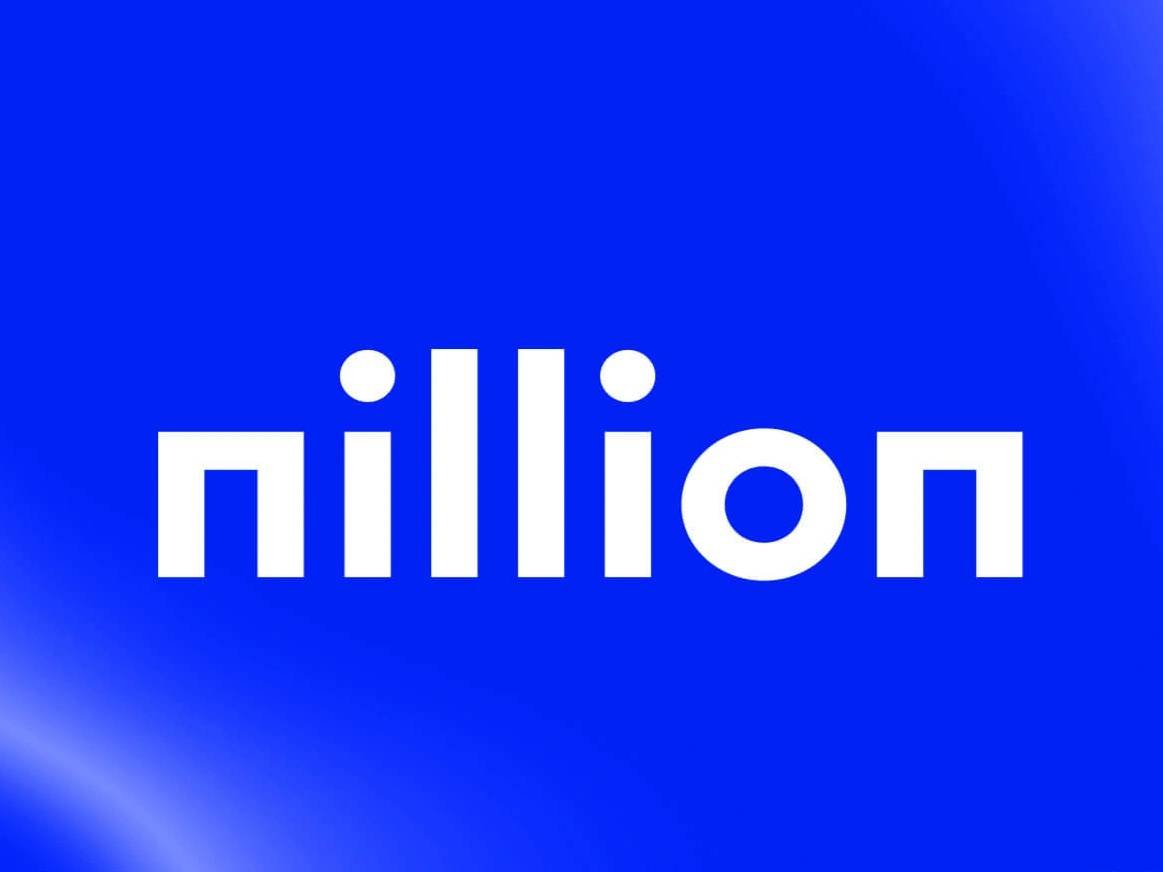订阅 wiki
Share wiki
Bookmark
Nillion
Nillion
Nillion 是一个为保护隐私的计算和数据管理而设计的去中心化网络。它作为一个“盲计算机”运行,使用密码学技术(如安全多方计算、同态加密和可信执行环境)直接在加密数据上进行计算。其架构将网络协调与安全计算分离。[1]
概述
Nillion 是一个去中心化计算网络,旨在存储和处理加密数据,而无需将其暴露给运营商或应用程序后端。它作为一个“盲计算机”运行,使用密码学原语(如安全多方计算、同态加密和可信执行环境)直接在加密数据上进行计算。这种模式通过提供数据隐私的数学保证,消除了对中介机构的信任需求。
Nillion 网络由执行不同隐私功能的专用节点组成。nilCC 节点在安全环境中处理私有计算,nilDB 节点跨多个节点管理加密和分布式数据存储,nilAI 节点执行私有 AI 推理,而无需解密用户数据。这些节点共同实现了安全的数据处理和存储,而无需泄露底层信息。
为了简化开发,Nillion 提供了通过 API 和 SDK 抽象密码学复杂性的工具。这些工具使开发人员能够部署保护隐私的应用程序、管理加密存储以及集成私有 AI 功能,而无需修改其现有代码。该技术支持医疗保健、AI 研究、金融和公共政策等领域的以隐私为中心的使用案例,在这些领域,对敏感数据的协作需要保持严格的保密性。[2] [3]
技术
盲模块
盲模块是 Nillion 网络中的主要计算单元,旨在执行安全的数据存储和处理。它们通过专门的 API 和 SDK 实现加密操作,允许开发人员和用户与保护隐私的基础设施交互,而无需直接接触底层数据。每个模块都支持网络中计算、存储和 AI 的不同方面。
- nilCC 作为 Nillion 的机密计算平台,使容器化应用程序能够在可信执行环境 (TEE) 中安全运行。它隔离工作负载,通过密码学证明验证其执行,并通过 RESTful API 支持部署。开发人员可以提交标准的 Docker Compose 文件,系统会将其转换为可验证的私有计算,而无需更改代码。
- nilDB 是一个安全的 NoSQL 数据库模块,它使用密码学原语(如对称加密、同态加密或多方计算)以加密或去中心化的形式存储数据。它提供 API 访问,用于创建、检索和查询数据,加密通过 blindfold 库在客户端处理。
- nilAI 作为 Nillion 的私有 AI 模块运行,在 TEE 中运行大型语言模型。它允许用户对加密数据执行 AI 推理,确保模型和运营商都无法查看未加密的输入或输出。通过 RESTful API 提供访问,该 API 支持与底层 AI 模型进行安全通信。[4] [8]
架构
Nillion 网络架构旨在为需要安全数据存储和计算的应用程序启用隐私增强技术 (PET)。它由两个核心组件组成:nilChain 和 Petnet,它们协同工作以协调支付、激励参与并支持保护隐私的工作流程。[5]
nilChain
nilChain 作为 Nillion 网络的协调层,负责监督基本的网络运营,包括奖励分配、支付处理、加密货币经济安全和集群协调。它不直接执行存储或计算任务,而是管理和结算整个网络中这些活动的付款,确保高效的资源分配和对参与节点的公平补偿。
nilChain 使用 Cosmos SDK 开发,利用区块链间通信 (IBC) 协议来实现与其他区块链生态系统的互操作性。尽管其技术非常复杂,但 nilChain 目前不支持智能合约执行,因为其主要目的是维护 Nillion 存储和计算层的主干。这种职责分离有助于优化保护隐私操作的性能和安全性。
协调层旨在通过 Keplr 和 Leap 等钱包进行访问,允许用户和开发人员直接与网络交互。构建在外部或合作伙伴区块链上的应用程序也可以与 nilChain 集成,从而为最终用户抽象这些过程。[3] [5]
Petnet
Petnet 也称为编排层,旨在将密码学原语(如多方计算 (MPC)、完全同态加密 (FHE) 和零知识证明 (ZKP))结合在一起,以实现安全的、保护隐私的计算。它通过两个核心组件运行:编译器和计算网络。编译器通过提供多个抽象级别来简化隐私增强技术 (PET) 的使用,而计算网络处理加密数据并执行计算,而无需暴露敏感信息。
在 Nillion 网络中,该系统通过 Nada 语言编译器和 nilVM 实现,这两者都在开发中以支持四个抽象级别。在最基本的级别上,每个 PET 协议都在其自己的盲模块中独立运行,没有统一的接口或编排。开发人员通过 API 进行交互以执行特定任务,但集成或自定义受到限制。随着开发的进行,SDK 开始集成各种盲模块,使开发人员可以通过统一的接口访问多个 PET 协议,从而简化使用,而无需深入的密码学专业知识。
在更高的抽象级别上,盲模块不断发展以支持单个模块中的多个 PET 协议,使开发人员能够根据需要平衡性能和安全性。然后,这些模块部署在集群中——由 nilChain 管理的独立网络——每个集群根据节点数量、硬件、声誉和安全阈值等因素进行不同的配置。这种灵活性使开发人员能够复制和调整模块以实现特定目标,例如成本效率、法规遵从性或增强的安全性,从而为整个 Nillion 生态系统中可扩展的、保护隐私的计算奠定基础。[5] [7]
NIL
$NIL 是 Nillion 网络的原生代币,旨在支持其安全性、治理和运营框架。它促进了整个网络的协调,实现了协调层内的交易、资源访问和使用支付。该代币还用于访问 Nillion 的保护隐私的存储和计算服务,允许开发人员和用户执行盲计算和加密数据操作。此外,$NIL 通过质押来支持网络完整性,代币持有者和验证者承诺代币以保护计算并验证整个网络的活动。Nillion 内的治理是去中心化的,$NIL 代币持有者能够提议和投票决定关键决策,包括协议升级、参数更改和社区资源分配。这种结构使代币的效用与网络的长期发展和决策过程保持一致。[6]
代币经济学
NIL 的总供应量为 10 亿个代币,分配如下:[6]
- 生态系统和研发:29%
- 早期支持者:21%
- 核心贡献者:20%
- 社区:20%
- 协议开发:10%
合作伙伴
发现错误了吗?
